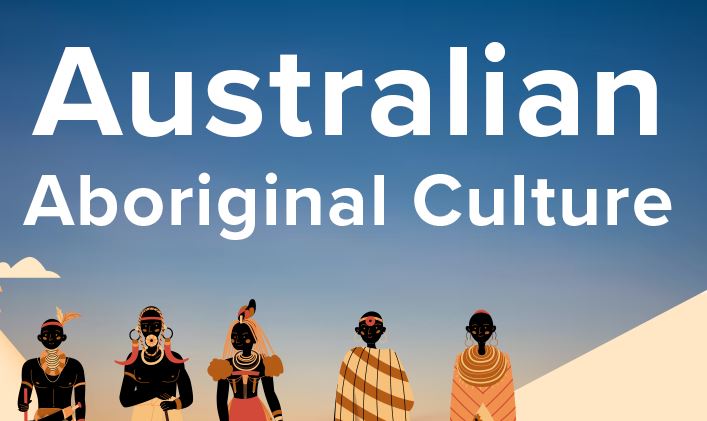The Role of Art and Storytelling in Preserving and Sharing Aboriginal Culture
Aboriginal cultures from all over the world have a strong presence in art and storytelling. Art forms like rock paintings, carvings, bark paintings, and songs are important for keeping cultural stories alive. This is especially true in Australia, where Aboriginal culture and heritage have been passed down for generations through oral histories and tangible objects such as artworks.
The use of traditional stories, songs and artwork to maintain knowledge of cultural identity is an essential part of the Aboriginal culture. Traditionally, art was used to depict historical events or laws that were passed down through generations, while storytelling has been used to pass on important lessons and beliefs. Today, rock paintings, carvings and bark paintings are still being used as a form of expression and communication.
Art and storytelling have also been used to share stories with the wider Australian community, providing an understanding of aboriginal culture and history. Recent exhibitions, like ‘Telling Our Stories’ in 2018, showcased works from more than 40 established and emerging Aboriginal artists that promoted the diversity and richness of Aboriginal culture and art.
The sharing of stories, through both traditional and contemporary art forms, has become an important mechanism for preserving Indigenous knowledge and heritage. This is done to ensure that future generations are aware of the past and can learn from it.
For example, Yolngu artists living in remote North-East Arnhem Land produce outstanding bark paintings that tell the stories of their ancestors. The painting provides an insight into their culture and history, as well as a deeper understanding of Aboriginal art forms and practices.
In addition to traditional artwork, various other forms of storytelling are now being used to share Aboriginal stories with new generations, such as podcasting, oral histories and musical performances. These give young people the opportunity to actively engage with their culture in a way that is fun, modern and accessible.
Storytelling has always been a powerful way of connecting people, fostering community relationships and preserving culture. It is through this kind of sharing that traditions and values can be passed on to the next generations, while also allowing them to feel proud of their heritage.
Of all the different art styles, dot paintings are perhaps the best known for representing Aboriginal culture. These vibrant, colourful paintings represent stories from Aboriginal cultures and communities across Australia. Through this art form, Aboriginal people have been able to share their stories, knowledge and history with the world.
Not only do dot paintings reflect Aboriginal heritage, but they also have been used as a form of protest. Aboriginal activists have used the art to bring attention to issues such as land rights and dispossession from traditional land.
What are dot paintings? Dot paintings are an art form that originated with the Anangu people of Central Australia. They use dots and circles to create intricate patterns in a range of vibrant colours. These patterns can represent anything from ceremonies and stories to the land, plants, animals and people.
The use of art to tell stories and preserve culture is invaluable, as it allows Aboriginal people to share their culture with the world. The Anangu people have been sharing their culture for thousands of years through art, storytelling and song. The use of art to help preserve Aboriginal culture is not limited to Australia and it will likely continue in importance as time goes on!


